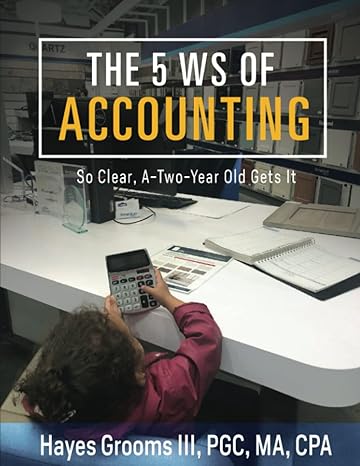Answered step by step
Verified Expert Solution
Question
1 Approved Answer
Resolve exercise and questions: 2-16 Computing and interpreting manufacturing unit costs. Minnesota Office Products (MOP) produces three different paper products at its Vaasa lumber plant:
Resolve exercise and questions: 2-16 Computing and interpreting manufacturing unit costs. Minnesota Office Products (MOP) produces three different paper products at its Vaasa lumber plant: Supreme, Deluxe, and Regular. Each product has its own dedicated production line at the plant. It currently uses the following three-part classification for its manufacturing costs: direct materials, direct manufacturing labor, and manufacturing overhead costs. Total manufacturing overhead costs of the plant in July 2014 are $150 million ($15 million of which are fixed). This total amount is allocated to each product line on the basis of the direct manufacturing labor costs of each line. Summary data (in millions) for July 2014 are as follows: Supreme Deluxe Regalar Direct material costs $ 89 $57 $.60 Direct manufacturing labor costs $ 16 $26 $ B Manufacturing overhead costs $ 48 $78 $24 Units produced 125 150 140 1. Compute the manufacturing cost per unit for each product produced in July 2014 2. Suppose that, in August 2014, production was 150 million units of Supreme, 150 million units of Deluxe, and 220 million units of Regular. Why might the July 2014 information on manufacturing cost per unit be misleading when predicting total manufacturing costs in August 20147 1. How many cost objects can you visualize with the data provided? 2. What is the allocation base of the "Manufacturing Overhead costs? 3. Determine: a. Conversion costs in Regular. b. Prime costs in Supreme c. Prime costs for the factory 4. Determine the manufacturing cost for the three production lines individually and for the factory altogether. 5. Determine the cost per unit for the three production lines individually and for the factory in total in the required A and B of the exercise. 6. Based on Supreme, how do the cost per unit for required a and b compare? The exercise? 7. if the lower cost per unit of the two were taken into account and the sales price was calculated with 10% above the cost per unit, what would be the suggested retail price for unit. 8. You will have observed Supreme, and someone may conclude that: "the more production is make, the lower the cost per unit, therefore the more sales, the more learn." Are you agree with this conclusion? argue
Step by Step Solution
There are 3 Steps involved in it
Step: 1

Get Instant Access to Expert-Tailored Solutions
See step-by-step solutions with expert insights and AI powered tools for academic success
Step: 2

Step: 3

Ace Your Homework with AI
Get the answers you need in no time with our AI-driven, step-by-step assistance
Get Started


